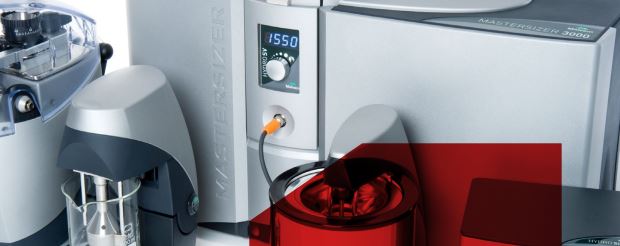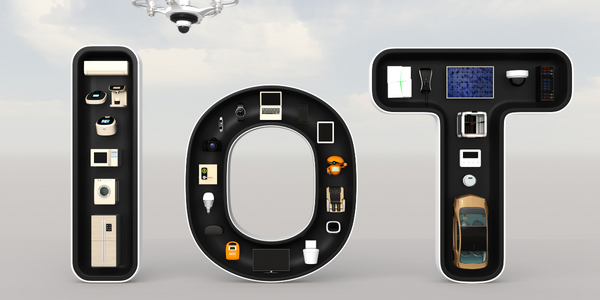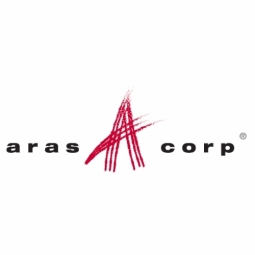
技术
- 功能应用 - 制造执行系统 (MES)
- 传感器 - 液体检测传感器
适用行业
- 电子产品
- 设备与机械
适用功能
- 产品研发
用例
- 供应链可见性(SCV)
- 时间敏感网络
服务
- 系统集成
客户
马尔文分析
关于客户
Malvern Panalytical制造科学仪器并提供服务,帮助客户检查其产品的基本化学和物理结构。
Malvern Panalytical 提供材料和生物物理表征技术和专业知识,使科学家和工程师能够了解和控制分散材料的特性。
挑战
作为一家从事电子制造和软件开发的组织,对于 Malvern Panalytical 而言,找到一个符合这些工作流程并具有满足其所有特定要求的灵活性和可重构性的平台至关重要。
该系统应该能够构建所有数据并实时跟踪文档的所有修改。 Malvern Panalytical 所有设施之间的内部信息流的可见性和清晰度是一项基本要求。
挑战:
- 去中心化数据存储
- 海量非结构化数据
- 繁重的整体数据搜索过程导致使用旧版本的文件
解决方案
最初针对文档处理,Aras Innovator 现在也被用于存储零件图纸。 Aras 每天有大约 300 名用户,正逐渐成为一个知识数据库——不仅是工程师和开发人员的中央信息中心。
由于 Malvern Panalytical 正在考虑将数据从 Aras 迁移到 Microsoft SharePoint® 和 ERP 系统 SAP,因此高水平的可重构性派上用场——使研发和制造更紧密地结合在一起。跨部门整合是更精简、更灵敏、更高效的组织的关键。
运营影响
数量效益

Case Study missing?
Start adding your own!
Register with your work email and create a new case study profile for your business.
相关案例.

Case Study
Smart Water Filtration Systems
Before working with Ayla Networks, Ozner was already using cloud connectivity to identify and solve water-filtration system malfunctions as well as to monitor filter cartridges for replacements.But, in June 2015, Ozner executives talked with Ayla about how the company might further improve its water systems with IoT technology. They liked what they heard from Ayla, but the executives needed to be sure that Ayla’s Agile IoT Platform provided the security and reliability Ozner required.

Case Study
IoT enabled Fleet Management with MindSphere
In view of growing competition, Gämmerler had a strong need to remain competitive via process optimization, reliability and gentle handling of printed products, even at highest press speeds. In addition, a digitalization initiative also included developing a key differentiation via data-driven services offers.

Case Study
Remote Temperature Monitoring of Perishable Goods Saves Money
RMONI was facing temperature monitoring challenges in a cold chain business. A cold chain must be established and maintained to ensure goods have been properly refrigerated during every step of the process, making temperature monitoring a critical business function. Manual registration practice can be very costly, labor intensive and prone to mistakes.

Case Study
Predictive Maintenance for Industrial Chillers
For global leaders in the industrial chiller manufacturing, reliability of the entire production process is of the utmost importance. Chillers are refrigeration systems that produce ice water to provide cooling for a process or industrial application. One of those leaders sought a way to respond to asset performance issues, even before they occur. The intelligence to guarantee maximum reliability of cooling devices is embedded (pre-alarming). A pre-alarming phase means that the cooling device still works, but symptoms may appear, telling manufacturers that a failure is likely to occur in the near future. Chillers who are not internet connected at that moment, provide little insight in this pre-alarming phase.

Case Study
Premium Appliance Producer Innovates with Internet of Everything
Sub-Zero faced the largest product launch in the company’s history:It wanted to launch 60 new products as scheduled while simultaneously opening a new “greenfield” production facility, yet still adhering to stringent quality requirements and manage issues from new supply-chain partners. A the same time, it wanted to increase staff productivity time and collaboration while reducing travel and costs.




